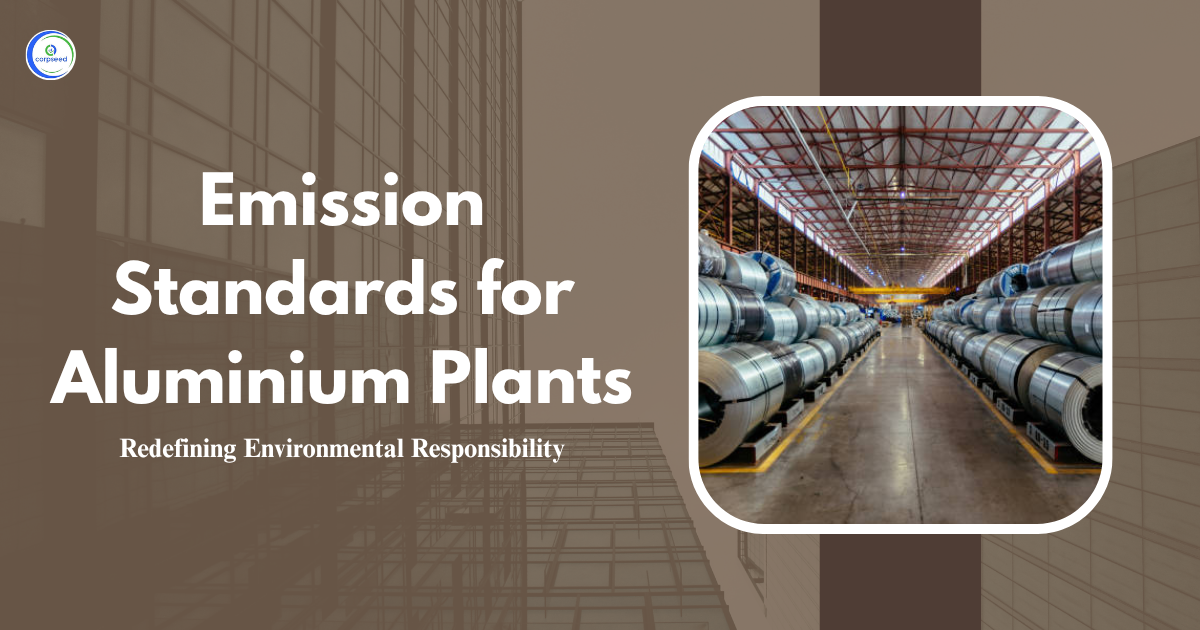The coal briquette industry is an important part of the energy sector, which converts loose coal into compact, efficient fuel briquettes. However, the manufacturing procedure is energy-intensive and it contributes to the emission of particles and harmful gases, including sulfur oxides, nitrogen oxides, and volatile organic compounds. This emission can adversely affect air quality, public health and local ecosystems. To reduce these environmental and health risks, strict emission standards and operational practices have been adopted across the industry. These measures are intended to reduce pollution, promote sustainable actions, and ensure that industrial activities align with wider environmental protection goals.
Table of Contents
- What is Briquette Industry (Coal)?
- Understanding Environmental Pollutants
- Impact of Environmental Pollutants from Coal Briquette Industry
- Key Pollutants of Briquette Industry (Coal)
- Importance of Emission Standards for Coal Briquette Industry
- Effluent Standards for Briquette Industry (Coal)
- Technologies to Control Pollution from Briquette Industry (Coal)
- Monitoring and Reporting
- Conclusion
What is Briquette Industry (Coal)?
The coal briquette industry converts loose coal into compact, energy-efficient fuel briquettes used in several industrial and domestic applications. Although it provides better fuel efficiency and easier handling, the process produces considerable emissions. Important pollutants of the coal briquette industry include particulate matter, carbon monoxide, nitrogen oxides (NOx) and sulfur oxides (SOx). This pollution is generated during the coal drying, pressing and combustion stages of coal. If these emissions are not properly organized, they can cause major air pollution, respiratory problems, and environmental degradation. Emission standards ensure that such effects are reduced through proper design and pollution control methods.
Understanding Environmental Pollutants
Environmental pollutants are harmful substances discharged into the atmosphere, water or soil due to industrial processes. In the coal briquette industry, pollutants are mainly emitted during the combustion and suppression of coal. These emissions include particulate matter (PM), sulfur compounds, carbon monoxide (CO), and volatile organic compounds (VOCs). If not managed properly, this pollution can worsen air quality, pollute water sources and cause long-term environmental damage. Hence, strict emissions and effluent standards are vital to reduce environmental and health impacts, ensuring that industries function sustainably and within established legal frameworks.
Impact of Environmental Pollutants from Coal Briquette Industry
Pollution from the coal briquette industry impacts air, water, soil and human health. These effects are far-reaching and increasing. Some of the major impacts include.
Air Pollution: Emissions of particulate matter and sulfur compounds cause smog, respiratory problems, and decreased visibility, especially in densely populated or industrialized areas.
Soil Contamination: Airborne pollution such as ash and coal residue deposits can mitigate soil fertility and affect agricultural production.
Water Pollution: Flows carrying fine coal dust and residue can lead to water pollution nearby aquatic reservoirs, damage aquatic ecosystems, and minimizing water quality.
Human Health Hazards: Workers and neighbouring residents face risks of asthma, bronchitis and other respiratory illnesses due to elongated exposure to fine particles.
Climate Effects: Emissions of greenhouse gases such as CO2 and methane from inefficient burning contribute to global warming and changes in local microclimates.
--------------Blog Contact Form-------------
Key Pollutants of Briquette Industry (Coal)
The main pollutants emitted from coal briquette units are:
- Particulate Matter (PM): Tiny dust particles released during coal handling and combustion, which can enter deep into the lungs and cause health issues.
- Carbon Monoxide (CO): A product of partial combustion, CO is harmful when inhaled and can be lethal at high concentrations.
- Sulfur Oxides (SOx): Released during the burning of high-sulfur coal, leading to acid rain and respiratory problems.
- Nitrogen Oxides (NOx): Formed during high-temperature combustion, NOx contributes to smog and acidification of ecosystems.
- Volatile Organic Compounds (VOCs): Emitted during coal processing, VOCs can react with sunlight to form ground-level ozone.
Importance of Emission Standards for Coal Briquette Industry
Emission standards are crucial to ensure that the briquette industry (coal) functions within environmentally acceptable limits. Compiled by the CPCB and enforced by the SPCB, these regulations safeguard communities and ecosystems. Significance includes:
- Public Health Protection: Limiting emissions of PM, CO, and SOx minimizes exposure to harmful pollutants for respiratory patients and workers and nearby residents.
- Environmental Sustainability: Emission standards control injurious emissions, which support clean air, water and soil for long-term environmental balance.
- Legal Compliance and Avoidance of Penalties: Adherence to CPCB and SPCB standards prevents legal actions, fines, or closures due to environmental violations.
- Encouragement of Cleaner Technologies: The standards push industries to adopt better operational practices, energy efficiency, and pollution-control technologies.
- Improved Air Quality: Implementation of emission control measures leads to clean air, mitigating smog and enhancing visibility and quality of life in industrial areas.
Effluent Standards for Briquette Industry (Coal)
While the coal briquette industry is not a major generator of liquid effluents, it must comply with guidelines for air emissions and environmental protection:
- Particulate Matter Emission Limit:
- Units with capacity less than 10 tonnes: 350 mg/Nm3(corrected to 6% CO₂)
- Units with capacity of 10 tonnes or more: 150 mg/Nm3(corrected to 6% CO₂)
- Additional Guidelines:
- A minimum stack height of 20 meters must be maintained for effective pollutant dispersal.
- All ovens must be converted into single chimney multi-oven systems.
- Emissions should be channelled through an inbuilt draft stack.
- Optimum heat utilization techniques must be adopted to increase fuel efficiency.
- For units of 10 tonnes and above, a wet scrubbing system is mandatory to control air pollution.
These measures ensure the briquette industry limits its air emissions efficiently and works within safe environmental boundaries.
Technologies to Control Pollution from Briquette Industry (Coal)
There are numerous technologies and design enhancements help control pollution in the coal briquette industry:
- Wet Scrubbing Systems: Essential for larger units (10 tonnes and above), these systems remove dust, SOx, and other contaminants from flue gases before they are released.
- Multi-Oven Single Chimney Design: Improves combustion efficiency and streamlines emission control.
- Inbuilt Draft Stack: Ensures proper channelling of emissions, avoiding leakages and maintaining effective exhaust flow.
- Dust Collection Units: Installed at coal handling areas to mitigate fugitive emissions and minimize particulate pollution.
- Heat Recovery Systems: Enhance thermal efficiency, minimizing the quantity of fuel used and related emissions.
Monitoring and Reporting
Continuous and periodic monitoring of emissions is important to ensure compliance with emission standards. Effective oversight encourages accountability and transparency while ensuring that the briquette industry contributes to a cleaner environment. Industries must:
- Install air quality monitoring systems at emission locations, especially for particulate matter.
- Submit emission reports regularly to CPCB and related SPCBs as part of environmental compliance.
- Maintain logs of equipment performance and maintenance of pollution control systems.
- Report any violation or malfunction immediately and take corrective action.
- Conduct third-party audits or environmental impact assessments in accordance with law.
Conclusion
Adherence to the standards for emission or discharge of environmental pollutants for briquette industry (coal) is crucial to minimize air pollution, safeguard public health and maintain safe environmental quality. With stringent guidelines enacted by CPCB and enforced by SPCB, industries are forced to adopt cleaner technologies and implement structural operational methods. Emission limits, stack height regulations, and scrubbing systems are just a few of the many tools available to lessen environmental hazards. As awareness and regulatory implementation increase, coal briquette makers must prioritize sustainability and compliance for a healthier, more accountable industrial future.
This portion of the site is for informational purposes only. The content is not legal advice. The statements and opinions are the expression of author, not corpseed, and have not been evaluated by corpseed for accuracy, completeness, or changes in the law.
BOOK A FREE CONSULTATION
Get help from an experienced legal adviser. Schedule your consultation at a time that works for you and it's absolutely FREE.
_Corpseed.webp)

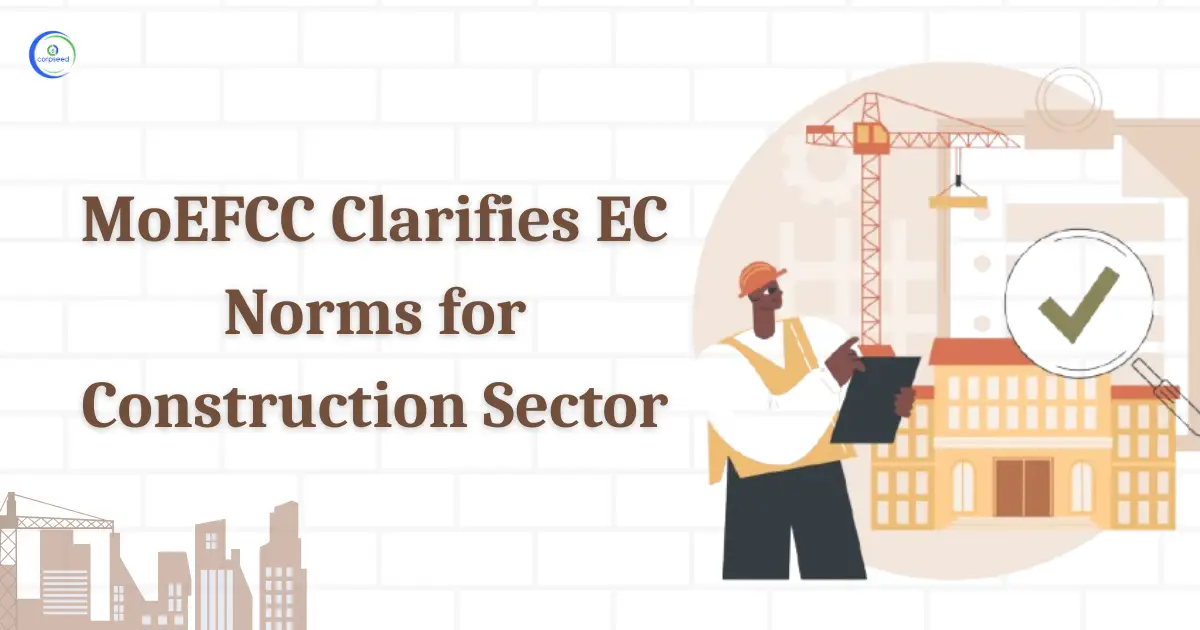
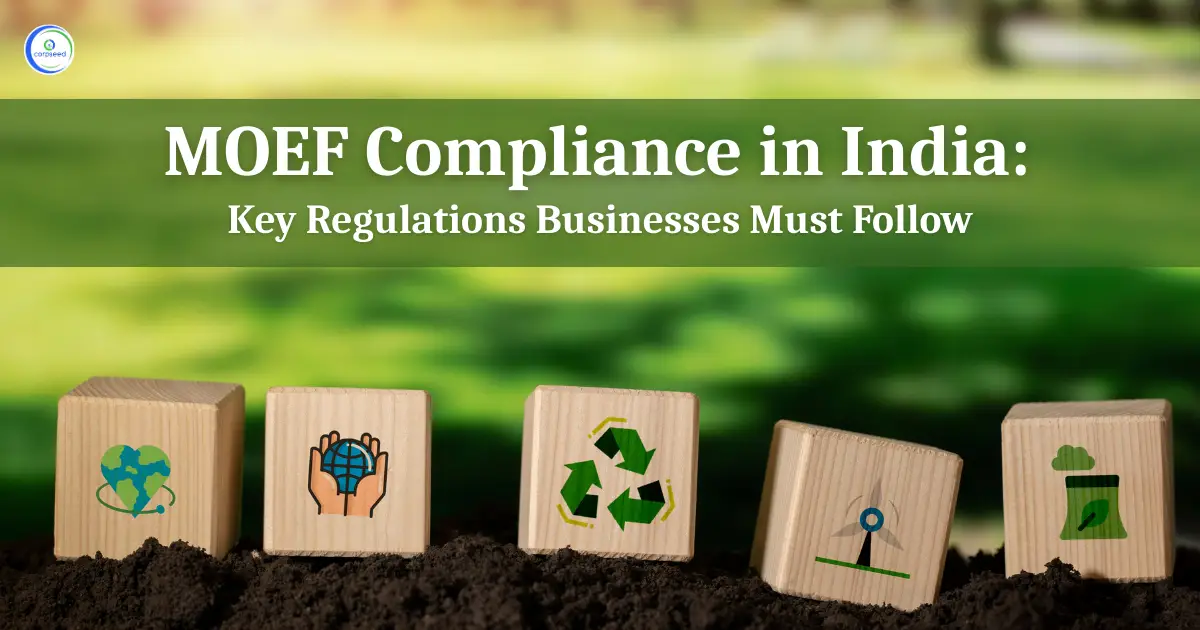
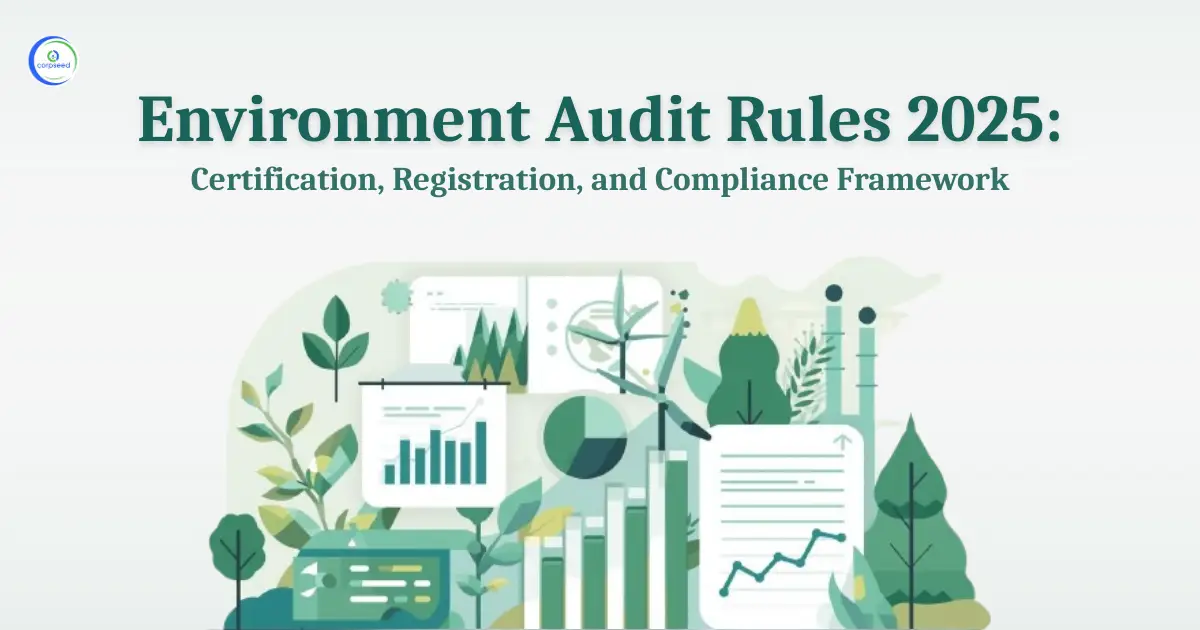
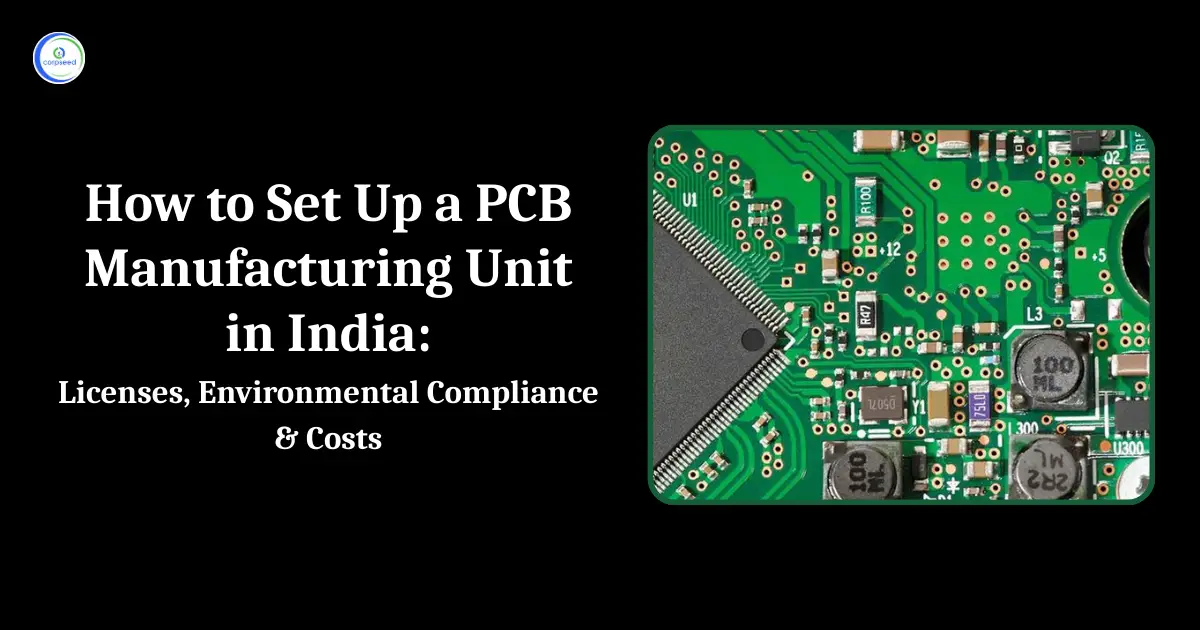
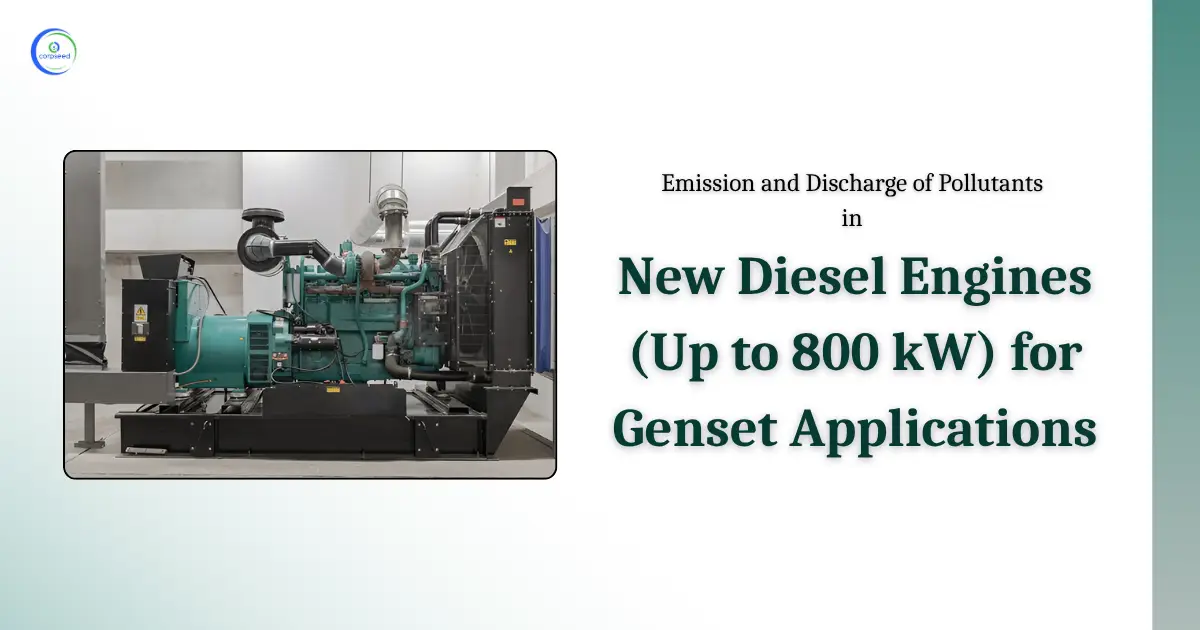
_Corpseed.webp)
.webp)
